At 84 years old, author Dang Huynh Thai still remembers his memories from his time in Cam Pha as if it were yesterday. Back then, though young, working as a mining engineer, Dang Huynh Thai actively participated in writing, accumulating life experiences, firsthand accounts, and stories of both pain and joy in the mining region. He spent many years researching and gathering materials, combining this with his 37 years of experience in Cam Pha, Quang Ninh, to write "The Northeast Coal Basin." On the occasion of the launch of his novel "The Northeast Coal Basin," a reporter from the Quang Ninh Provincial Media Center conducted an interview with author Dang Huynh Thai.

- Sir, could you share how you gathered the materials for this novel?
I started working in Quang Ninh in 1960 and only moved to Hanoi in 1997. For nearly 40 years, I lived in Cam Pha and then Hon Gai. During those years, I met so many people and heard so many stories. There are countless memories of our time living and working alongside the miners in the mining villages. Every event, every person I met, every face is deeply imprinted in my mind. I write to tell today's readers how the miners toiled and struggled, how diligently and passionately they contributed their sweat, tears, and even blood to the mining region, yet they always lived and loved wholeheartedly. To complete this novel, besides my memories, I consulted a wealth of valuable documents from Quang Ninh and the coal industry. I also relied on the accounts of dozens of living witnesses and my own memory...
- Among the anecdotes gathered in the mining region, are there any details that stand out to you?
There are so many stories about miners. I often write while holding the pen and crying. I'll never forget the story of the lost souls. They've haunted me for years. It was 1944, when a mine flood killed 100 people at the Mong Duong coal mine. At that time, technology wasn't advanced, and rainwater poured down into the mine shafts hundreds of meters deep, causing the miners' tragic deaths. The mine owner immediately closed the mine. The souls of those 100 miners seemed trapped... I think they were lost souls. Those 100 dead miners left behind 100 families who lost husbands and fathers. There's a legend in the mining region that those souls return at night, lamenting. So, coal isn't just about glory; it's also about sweat, tears, and even blood, stained with the miners' blood.

Or consider the story of the miner who was raped by her foreman in a myrtle bush and became pregnant. She killed the foreman with a piece of coal, then lived in hiding, pregnant, waiting for the birth. After giving birth, she ground the coal on the baby's hand to mark it, then abandoned it under a myrtle bush, hoping someone would find it. The woman lived in torment, not knowing who would find and raise her child. One day, while being rushed to Uong Bi Hospital, she happened to see the coal mark on the doctor's hand. Wanting to claim her child, she told the story, but her child refused, resenting her for abandoning her in the myrtle bush. The child couldn't save her. She died without her child recognizing her. The pain followed her to the afterlife .

There were many more heartbreaking stories, like the one where a young boy carried his younger sibling to scavenge for coal, only to find out the child died on his back. He only discovered it at the end of the day and then dug up the earth to bury the child. There were also some funny stories, but they were tearful. After the war, miners lived in cramped 18-square-meter rooms. With large families, working three shifts, they couldn't even sleep with their wives. That's how miners lived back then.
- What is the most concise message you would like to convey to readers in "The Northeast Coal Mine," Mr. Writer?
+ I will always be grateful to the miners. I wrote the novel as a tribute to the miners, those who came before me, those who were with me and helped me grow. It's not just about history, but also a reminder to future generations about the traditions, sacrifices, and indomitable spirit of the miners, so that we can all strive to continue building a beautiful and prosperous homeland. Coal burns everything, smelts steel into liquid, but it cannot melt the heart of the miner. Of course, these messages are conveyed through words, and readers will have to imagine them along with the writer. It's very different from the documentary film I made.

- Are you perhaps referring to the film "The Mining Region, People and History"?
+ Yes. That's right. Watching a film is more visually engaging. The film "Mining Region, People and History," which we completed in 1985, was written by me, directed by Meritorious Artist Vu Pham Tu, cinematographed by People's Artist Nguyen Dang Bay and artist Pham Phuc Dat, with music by composer Cao Viet Bach. The film can be considered a concise visual history of Quang Ninh over a century. Although it's a historical documentary, it was produced by the Vietnam Feature Film Studio. This is because we wanted the film to have more artistic merit if made here.
- Could you tell us a little about the plot of this film?
The film's content is divided into three parts, spanning a century of history: the first part depicts the French occupation of the mining region, exploiting the workers; the second part focuses on the workers' struggle under the leadership of the Party; and the third part covers the period from the liberation of the mining region in 1955 to 1985. The film presents many moving images, examples of struggle, labor, and production in building the mining region, and the presence of many historical figures. These include Comrade Dang Chau Tue, the first Party Secretary of the Cam Pha - Cua Ong mining region; Comrade Ha Ba Cang (Hoang Quoc Viet)... and workers who participated in the 1936 strike. We encounter historical landmarks and old landscapes that may no longer be in their original state today. Then there were events such as: the Coal Brigade going into battle, the "open-mouthed" ship carrying the last French soldier withdrawing from Hon Gai, the heroic spirit of the liberation day of the mining area on April 25, 1955... There were also scenes of rallies and parades complete with tanks and missiles; a reenactment of the 1936 strike with the mobilization of 3,000 people.
- It is known that despite the elaborate production, the film has had a rather turbulent life...
Unfortunately, due to technological limitations at the time, the film had to be shown in theaters to be watched. The coal industry also lost this film. Even at the film studio, the film was damaged. Meanwhile, neither my family nor my workplace could find a way to screen it, so we had to preserve it like a family heirloom. We moved several times, but the film went with us wherever we went.
After more than three decades, I realized I couldn't keep the film to myself. If I did, only I would know about it, only I would enjoy it. So I took it to the Vietnam National Film Institute to have it restored and converted to high-definition digital format, upgrading the film to a more convenient and high-quality format. The work was completed in about two months. We donated both the original and the edited version to Quang Ninh province and the coal industry for their full use.
Thank you very much for this interview!
Writer Dang Huynh Thai was born in 1939 in Thai Binh province. He later moved to the mining region to work as a technical officer, then broadcast radio programs for miners, wrote articles, and promoted culture and arts. He was a member of the Quang Ninh Association of Literature and Arts. After nearly 40 years in Quang Ninh, he moved to Hanoi to settle. In 1985, to commemorate the 30th anniversary of the takeover of the mining area, artist Dang Huynh Thai wrote the script for the documentary film "The Mining Region, People and History." Following that, he began writing the 452-page novel "The Northeast Coal Basin," about miners, creating a realistic portrayal of the workers, brimming with firsthand information. His modern writing style, fast pace, numerous dialogues, and strong, decisive language captivated readers. The novel "Northeast Coal Mine" won third prize in the "Literary Creation on the Theme of Workers and Trade Unions" competition, organized by the Vietnam General Confederation of Labor and the Labor Newspaper in collaboration with the Vietnam Writers Association over the three years from 2021 to 2023. In early 2024, the manuscript of "Northeast Coal Mine" was published by the Labor Publishing House. |
Source



![[Photo] Explore the US Navy's USS Robert Smalls warship](/_next/image?url=https%3A%2F%2Fvphoto.vietnam.vn%2Fthumb%2F1200x675%2Fvietnam%2Fresource%2FIMAGE%2F2025%2F12%2F10%2F1765341533272_11212121-8303-jpg.webp&w=3840&q=75)
![[Photo] The captivating scenery of the fragrant maple forest in Quang Tri](/_next/image?url=https%3A%2F%2Fvphoto.vietnam.vn%2Fthumb%2F1200x675%2Fvietnam%2Fresource%2FIMAGE%2F2025%2F12%2F10%2F1765353233198_lan09046-jpg.webp&w=3840&q=75)







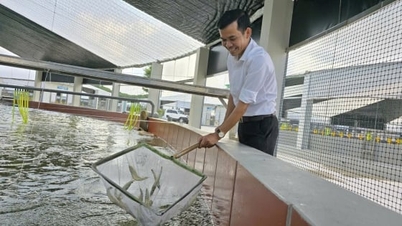

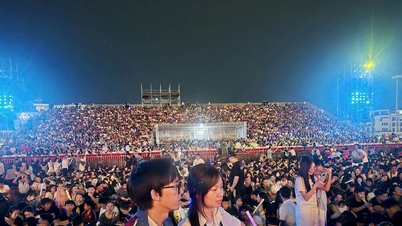

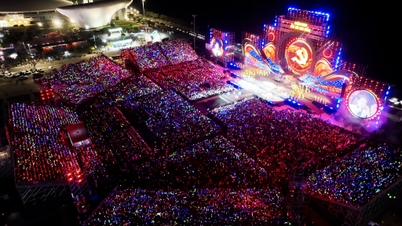



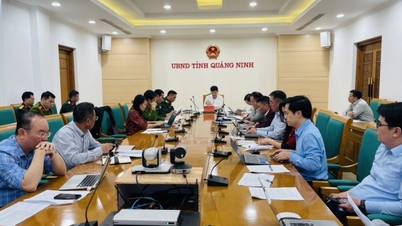

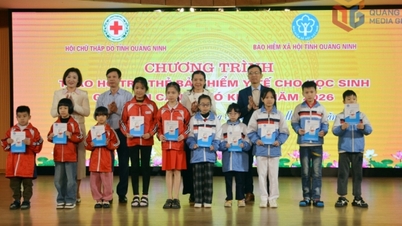
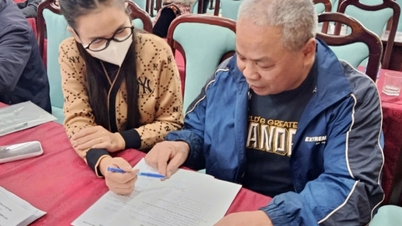
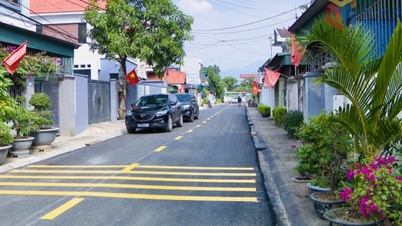
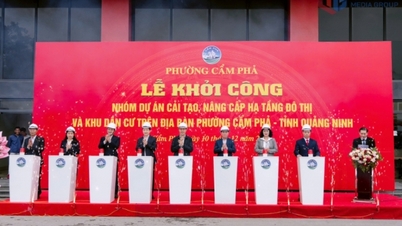





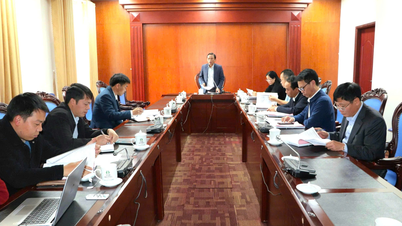
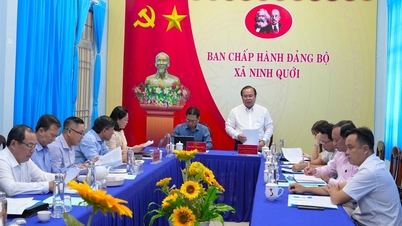
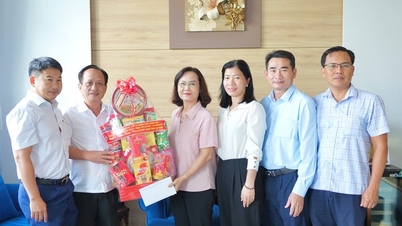







![[Video] The craft of making Dong Ho folk paintings has been inscribed by UNESCO on the List of Crafts in Need of Urgent Safeguarding.](https://vphoto.vietnam.vn/thumb/402x226/vietnam/resource/IMAGE/2025/12/10/1765350246533_tranh-dong-ho-734-jpg.webp)

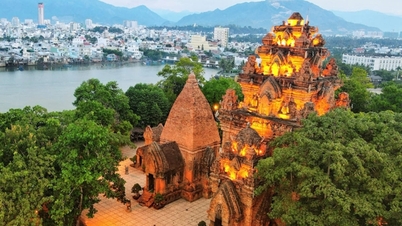


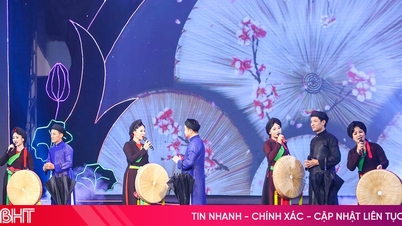

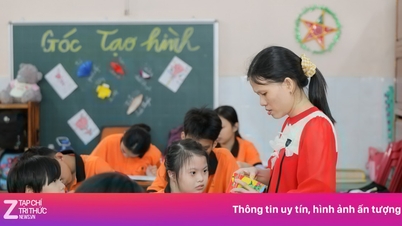

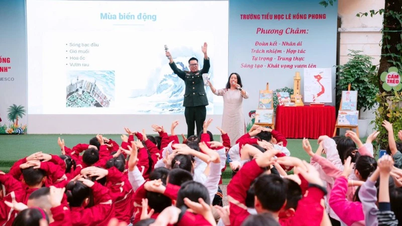




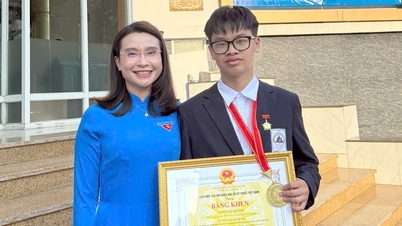

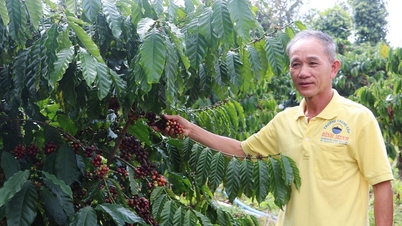

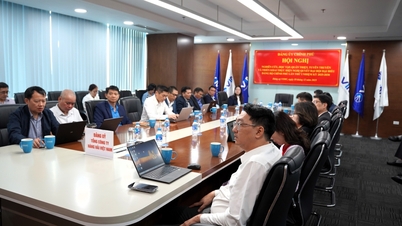


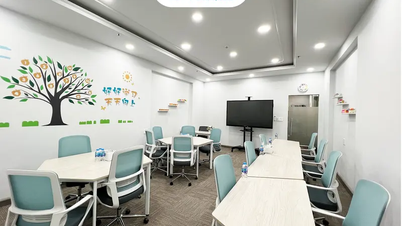













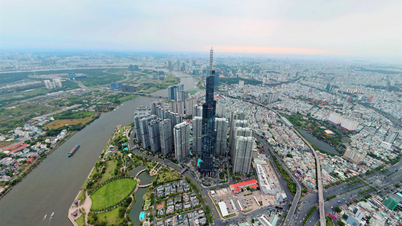
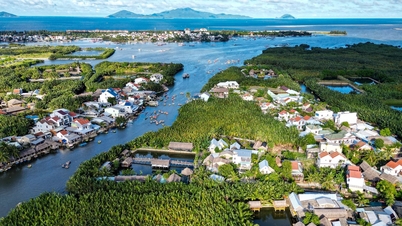
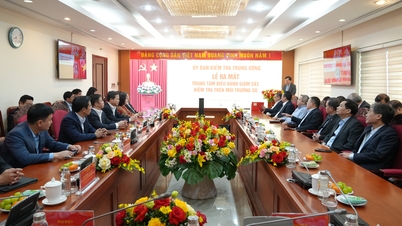

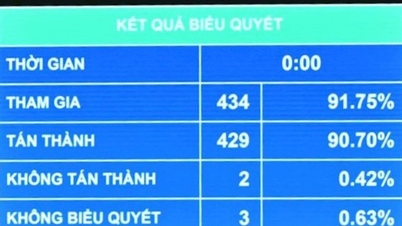

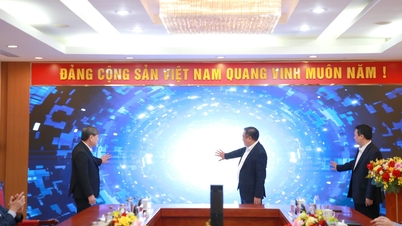

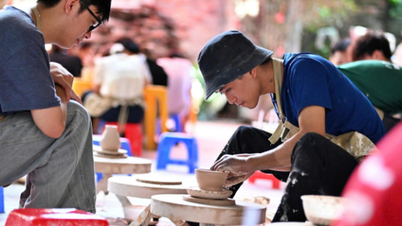












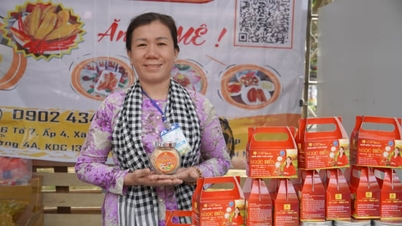















Comment (0)